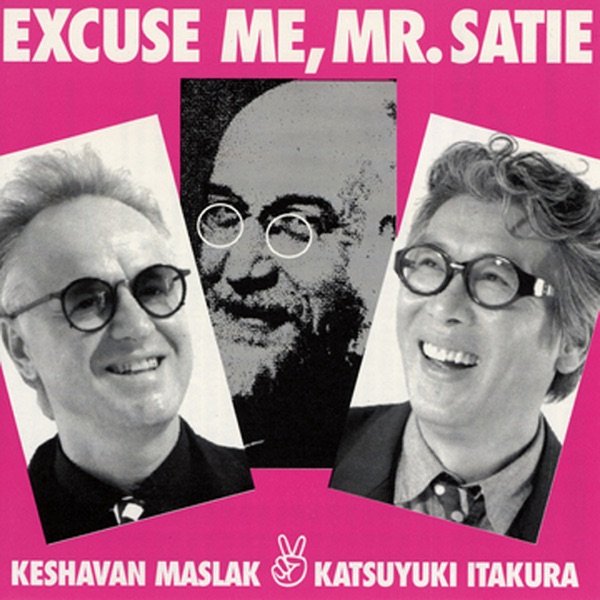Continuous Performance No. 3 - 24.3.1977
Japanese kankyō ongaku (environmental music) has long been understood to be a natural evolution from fluxus. It’s a style of ambient music defined by its connection to the spaces in which it’s meant to be played, shaped by the happening-based performance art of 1960s avant-garde. The thread connecting both movements is the influence of Erik Satie, the 19th century composer who arguably first conceptualized ambient music. Continuous Performance No. 3 is the perfect missing link to prove the theory. Led by fluxus composer Takehisa Kosugi, an ensemble featuring Akio Suzuki, Riri Shimada, and a young Hiroshi Yoshimura – the veritable godfather of kankyō ongaku – performs a mind-bending rendition of Satie’s Sports et divertissements augmented with electronics, a physical performance element, and what the back label calls “environmental sound.” Side A is an experimental work that hardly qualifies as ambient music, but it shows that Yoshimura was thinking about music as an function of physical space even before he was composing music to be played in designer homes or department stores. And to strengthen the connection even more: the B side is simply a field recording collected by a river.

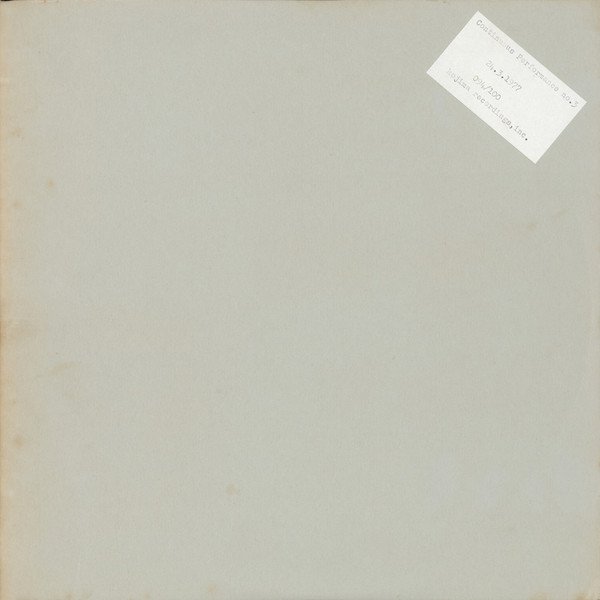
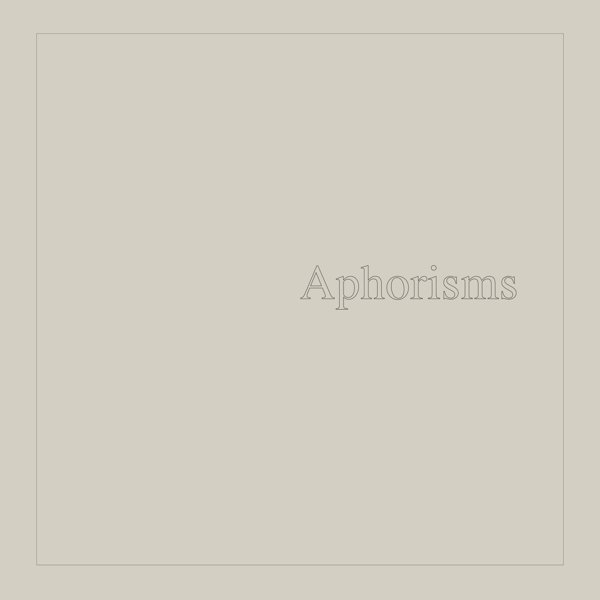
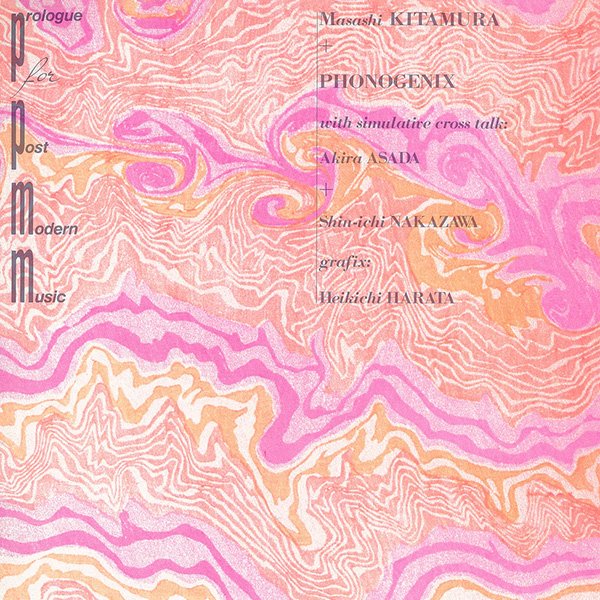
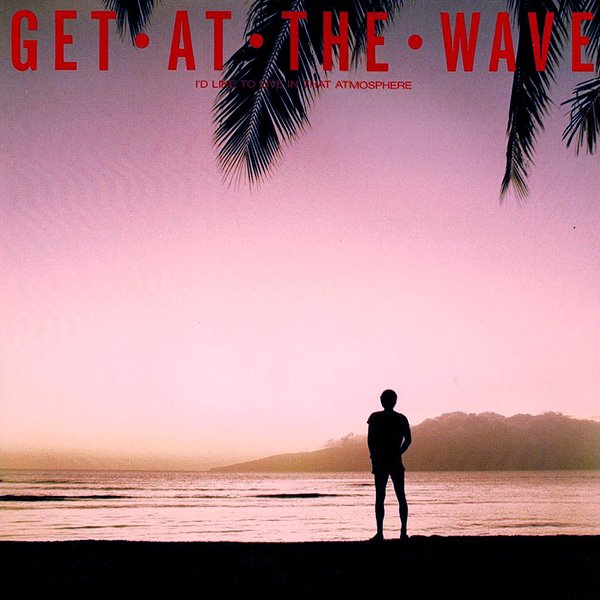
![のぶえの海 [Nobue's Sea] cover](https://images.theshfl.com/5740341580005376_v1_600.jpg)


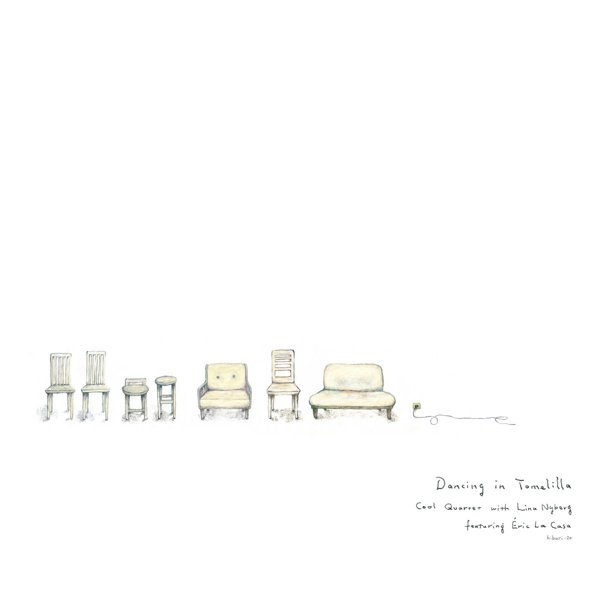


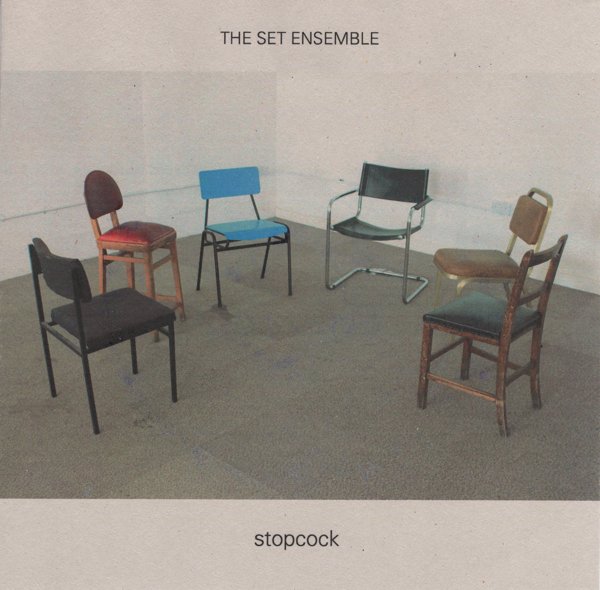
![成为切尔铁尔 [Xêrtêrmin] (Sherter Solo) cover](https://images.theshfl.com/5731646201659392_v1_600.jpg)
